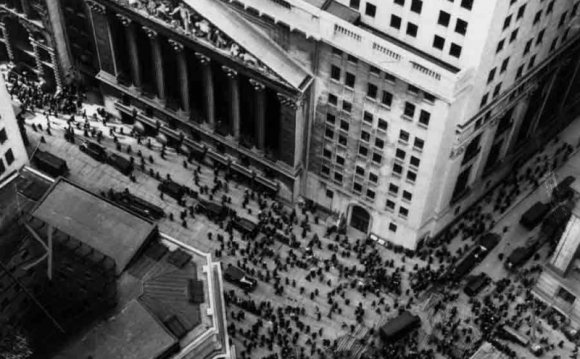
Krah Wall Street
New York Stock Exchange starts. The overall decline in equity prices began this day and took a devastating scale in the ensuing Black Monday (28 October) and Black Tuesday (29 October).
This exchange collapse, also known as the collapse of Wall Street, was the beginning of the Great Depression.
Krajhu was preceded by a speculative boom in the mid-1920s, during which millions of Americans invested in stock. The growing demand for shares has raised their prices, attracting all new investors who wish to be enriched by equity investment. This led to the creation of an economic bubble. However, many investors purchased credit shares by borrowing funds from banks.
Thursday 24 October 1929 When the Doe Jones Industrial Index was at 381.17, the bubble burst and a panic sale of shares started.
In an attempt to get rid of their shares before they completely depreciate, investors sold 12.9 million securities that day.
In the following days, about 30 million more shares were sold and prices collapsed, destroying millions of investors.
In general, in a week of exchange panic, the market lost about $30 billion, more than the United States Government spent all the time in the First World War. Banks that had previously financed the purchase of shares with their credits were unable to return debts and declared bankruptcy. Enterprises lost credit lines and closed, causing increased unemployment.
The consequences of the Great Depression were felt until 1939, and in certain areas until the end of the Second World War.








